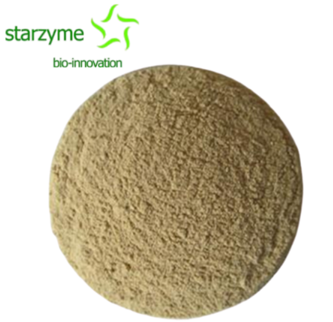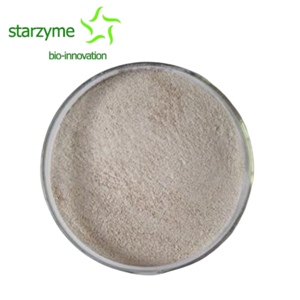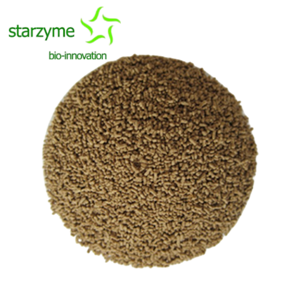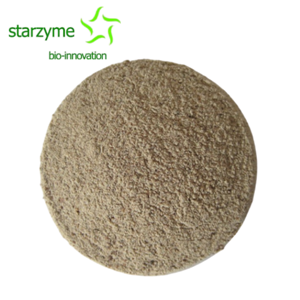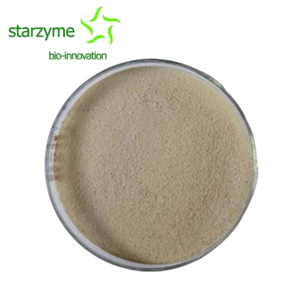Enterococcus faecalis As a Feed Additive
The Catalogue of Feed Additives (2013) defines Enterococcus faecalis as a bacterial species that can be added to feed because it has a protective barrier effect. It can form a biofilm on intestinal epithelial cells, protecting them from harmful substances. Enterococcus faecalis also has nutritional benefits. A study in 2008 showed that it contains various small peptides that can promote the absorption of amino acids and residues, and improve the synthesis of tissue proteins. Enterococcus faecalis can produce antibacterial substances, such as bacteriocins.
Bacteriocins selectively adsorb onto sensitive cell surface receptors, forming ion channels to cause ion leakage, affecting ATP synthesis and the transport of specific substances, ultimately inhibiting the synthesis of proteins and DNA and causing cell death. Thus, it has antibacterial and bactericidal effects. One type of bacteriocin produced by Enterococcus faecalis has specificity and a narrow antibacterial spectrum, which can prevent pathogenic microorganisms from contacting intestinal mucosal cells.
Enterococcus faecalis can also produce bacteriocins with broad-spectrum antibacterial properties, which have good inhibitory effects on Pseudomonas, Salmonella, and Shigella. Research has confirmed that it can effectively inhibit the growth of Listeria monocytogenes and Staphylococcus aureus, due to the metabolic production of Volgamycin by Enterococcus faecalis. Feeding weaned piglets with Enterococcus faecalis resulted in a decrease in the number of Escherichia coli and Staphylococcus aureus in their feces.
Feed Application:
The preparation of fecal enterococci into microbial preparations can be directly fed to farmed animals, which is beneficial for improving the balance of gut microbiota and preventing the disorder of animal gut microbiota. Decompose proteins into small peptides, synthesize B vitamins and other functions. Enterococcus faecalis can also enhance the activity of macrophages, promote animal immune responses, and increase antibody levels. Furthermore, it can form a biofilm in the animal intestine, attach to the intestinal mucosa, and develop, grow, and reproduce. It can form a barrier of lactic acid probiotics to resist the side effects of foreign pathogens, viruses, and mycotoxins, while Bacillus and yeast are transient bacteria that do not have this function. Enterococcus faecalis can break down some proteins into amides and amino acids, convert most of the nitrogen free extracts of carbohydrates into L-type lactic acid, and synthesize L-lactate calcium from calcium, promoting the absorption of calcium by farmed animals. It can also soften the fibers in feed and increase the conversion rate of feed. Finally, it can produce various antibacterial substances, which have good inhibitory effects on common pathogenic bacteria in animals.

